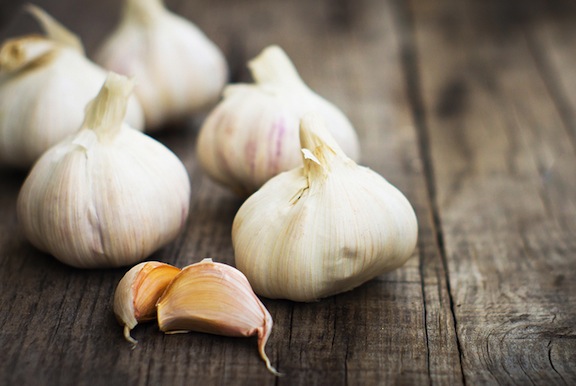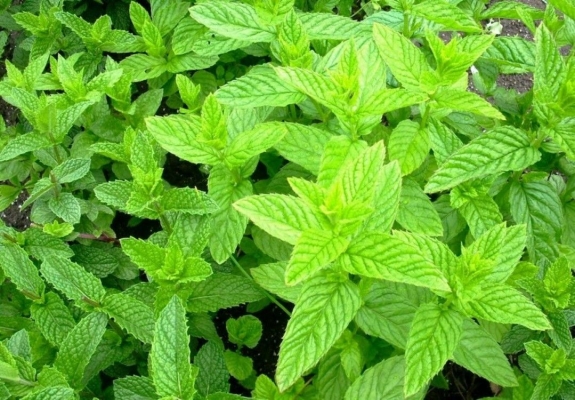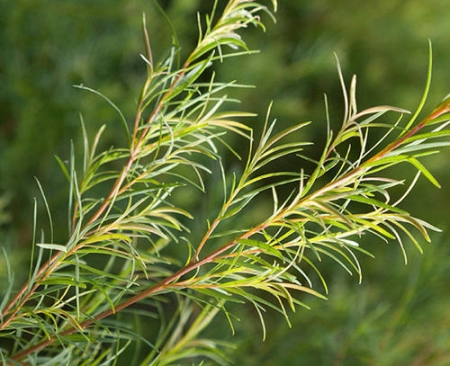CLAVE OIL
Clove stalks are slender stems of the inflorescence axis that show opposite decussate branching. Externally, they are brownish, rough, and irregularly wrinkled longitudinally with short fracture and dry, woody texture.
Mother cloves (anthophylli) are the ripe fruits of cloves that are ovoid, brown berries, unilocular and one-seeded. This can be detected by the presence of much starch in the seeds.
Blown cloves are expanded flowers from which both corollae and stamens have been detached.
Oil of clove, also known as clove oil, is an essential oil extracted from the clove plant, Syzygium aromaticum.
Clove is often found in the aromatherapy section of health food stores, and is used in the flavoring of some medicines.
Clove oil has been promoted as having a wide range of health effects, but there is insufficient medical evidence to support general claims for its use as a therapeutic.

Clove stalks are slender stems of the inflorescence axis that show opposite decussate branching. Externally, they are brownish, rough, and irregularly wrinkled longitudinally with short fracture and dry, woody texture.
Mother cloves (anthophylli) are the ripe fruits of cloves that are ovoid, brown berries, unilocular and one-seeded. This can be detected by the presence of much starch in the seeds.
Blown cloves are expanded flowers from which both corollae and stamens have been detached.
Oil of clove, also known as clove oil, is an essential oil extracted from the clove plant, Syzygium aromaticum.
Clove is often found in the aromatherapy section of health food stores, and is used in the flavoring of some medicines.
Clove oil has been promoted as having a wide range of health effects, but there is insufficient medical evidence to support general claims for its use as a therapeutic.


 Deutsch
Deutsch





















